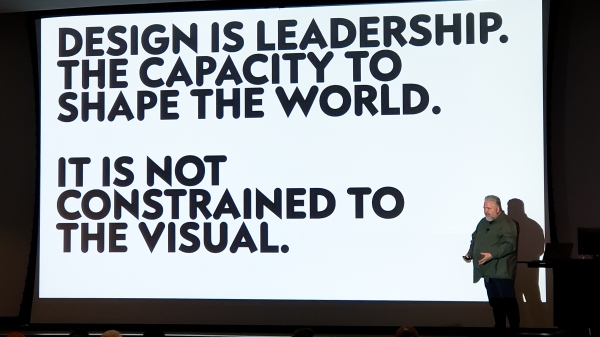Arizonans will vote May 17 on Proposition 123, a measure that, if passed, would affect K-12 education funding and the state trust land permanent fund for the next 10 years.
On April 20, the first day of early voting, a panel of experts — from the Institute for Civil Dialogue, ASU’s Hugh Downs School of Human Communication, the Morrison Institute for Public Policy and the ASU Participatory Governance Initiative — held a nonpartisan discussion about Prop. 123 to help increase voter understanding.
Proponents of the complex proposition believe it is necessary to get schools funding they need now, and that this is a positive first step so voters can make their voices heard on public education. Many opponents of the proposition, however, see this as a bad compromise that raids a trust fund that is supposed to be maintained for future needs of students, like taking money from savings now when you really need it for retirement. Many are undecided: They want to see more immediate funding for schools, but don't like that this is a stopgap measure that isn't intended to permanently fund schools.
Here are a few things the experts said that voters should know about the proposition:
It would mean more money for K-12 education, but how much more?
Prop. 123 would add about $300 million to the state education budget every year for the next 10 years.That evens out to about $300 extra per student per year, which is approximately a3 percent increase to total K-12 funding. The state will also increase its contribution from the general fund $50 million for the next five years, and then an additional $75 million in fiscal years 2021-2025.
Prop. 123 would take money from the state trust lands' permanent fund.
There is a permanent land endowment trust fund, which receives revenue from the sale of state trust lands. Approximately 90 percent of the funds from the saleof those lands are set aside for education. What Prop. 123 would do is increase the current 2.5 percent annual return from the permanent fund going toward public education to 6.9 percent for the next 10 years.
There are possible federal legal implications.
Because the state trust lands were granted to Arizona by the federal government upon statehood, there are questions as to whether this proposition can be solved at the state level. This is one of the main concerns for opponents of Prop. 123, that the state doesn’t have the power to possibly “deplete the corpus (body)” of the state trust lands. This means that the 6.9 percent going to education every year could dip into the total fund, which Arizona may not be allowed to touch without Congressional approval.
There are triggers that could limit the money that Prop. 123 affords.
There are built-in “triggers” that could prevent the full $3 billion from being allocated to schools over the next 10 years. In the case of an economic downturn, they can suspend the inflation increases, and they can also prevent the full funding if K-12 education reaches 49 percent of the state budget. Currently, K-12 spending is about 43 percent of the general fund.
Prop. 123 would settle a lawsuit; if it doesn’t pass, the lawsuit will go forward.
In 2012, the State of Arizona had a deficit of more than $1 billion, and the Legislature stopped funding schools according to a voter-passed law from 2000 that required the Legislature to increase public education funding in proportion to inflation. A coalition of school districts and various Arizona education groups has sued to restore the funds lost over the past four years because of that action. In the case that Prop. 123 doesn’t pass, the lawsuit will continue and will not settle. This lawsuit could take several years to complete, where a jury would determine how much money the state would have to pay.
Media: Do you have more questions about Prop. 123? Email Logan Clark at mediarelations@asu.edu to schedule an interview with an ASU policy analyst.
More Arts, humanities and education

Designer behind ASU’s brand named newest Herberger Institute Professor
Bruce Mau, co-founder and CEO of the Chicago-based holistic design consultancy Massive Change Network, has joined Arizona State…

Small presses dealt big blow
A mighty rumble reverberated throughout the publishing industry late last month with the abrupt closure of a well-known book…

'Living dress' wins Eco-Chic sustainable fashion contest
When Elena Marshall is done showing off her award-winning “living dress,” she’ll bury it in her backyard. The dress, a chic…
